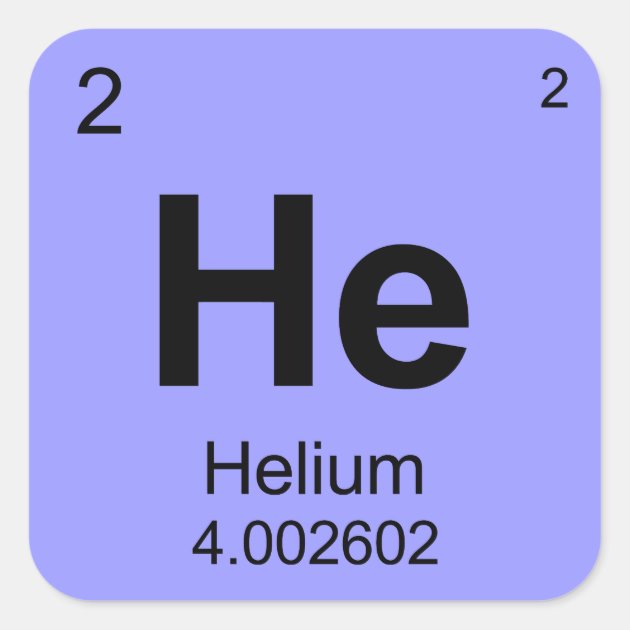

This arrangement is unfailingly loyal to electron configurations. Taking this idea further, in 1928, shortly after the discovery of subshells, Charles Janet proposed what is called the ‘left-step’ table. So, one might argue, helium could be atop group 2 in the ‘s-block’ of the table, above beryllium, magnesium, and calcium, all of which have an ‘s2’ configuration in their valence shell as well. Still, there is some ambiguity caused by its very small valence shell, which can only hold two electrons at most. In the case of helium, there’s not much debate about its position. This makes helium the stepping-stone of stellar nucleosynthesis, serving as an intermediate between hydrogen and many of the other, larger elements around us. The number two is magically stable for nuclei, and the result is that helium’s nucleus is remarkably stable compared to other light elements. Helium’s nucleus is remarkably stable compared to other light elements. These neutrons help to dilute the positive nuclear charges of its two protons, helping the nucleus to stay together. Structure and Position of HeliumĮlement number 2, helium, has two protons, and two electrons, but also two neutrons in its most common isotope. Today we use this chemical reaction between hydrogen and oxygen as a source of energy to power some our most advanced vehicles, such as rocket ships and the space shuttle.īut we get even more power from hydrogen in the form of nuclear reactions. So, when given the opportunity to combine, hydrogen and oxygen join in a chemical reaction that creates a more stable water molecule and releases a tremendous amount of energy. The reason that we see so much hydrogen tied up in the form of water is that a water molecule is far more stable than either oxygen gas or hydrogen gas alone.
Hydrogen also makes up two thirds of the atoms in water-the most abundant chemical compound on the surface of our planet.
#Helium periodic table series#
This article comes directly from content in the video series Understanding the Periodic Table. But by burning methane with a carefully controlled amount of oxygen, a situation can be set up in which there is only enough oxygen to combine with the carbon, leaving the hydrogen atoms to become molecules of hydrogen gas, instead of water as they do in complete combustion. Methane forms a gas that can be completely combusted in air to form carbon dioxide and water. That’s just four hydrogen atoms and a carbon atom. Hydrogen atoms in methane are bonded to carbon, forming a small molecule with the formula CH 4.

These days, the most common technique to obtain hydrogen involves a partial combustion of the natural gas molecule called methane. And it was Lavoisier who coined the name ‘hydro-GEN,’ in recognition of its ability to ‘GEN-erate’ water when burned in air. Boyle discovered that reacting iron filings with dilute acid produces a gas that could be burned in air to form water.Ībout a century later, French chemist Antoine Lavoisier recognized that the gas formed in Boyle’s experiment was, in fact, an element. The first successful separation of pure hydrogen happened at the hands of Robert Boyle in 1671. (Image: OSweetNature/Shutterstock) Separation of Pure Hydrogen Hydrogen and Helium are the two elements that are placed in row 1 of the periodic table. On the other hand, helium doesn’t combine chemically with other elements, making it truly scarce on Earth. It is also the most abundant element in the universe, making up about 74% of all observable matter. Davis Jr., Georgetown University By the first decade of the 1900s, it was becoming clear that hydrogen is the simplest and lightest element in the universe.


 0 kommentar(er)
0 kommentar(er)
